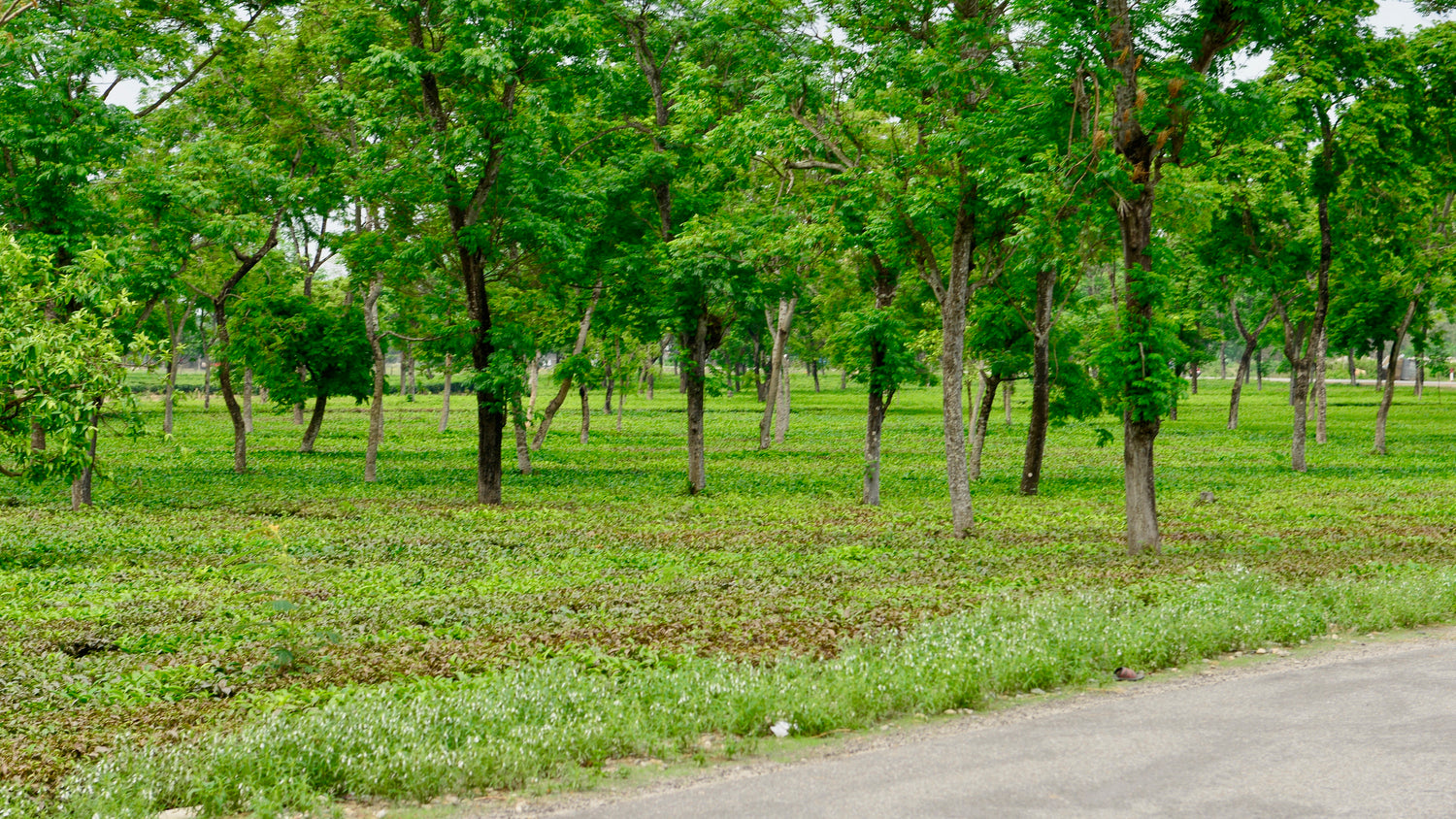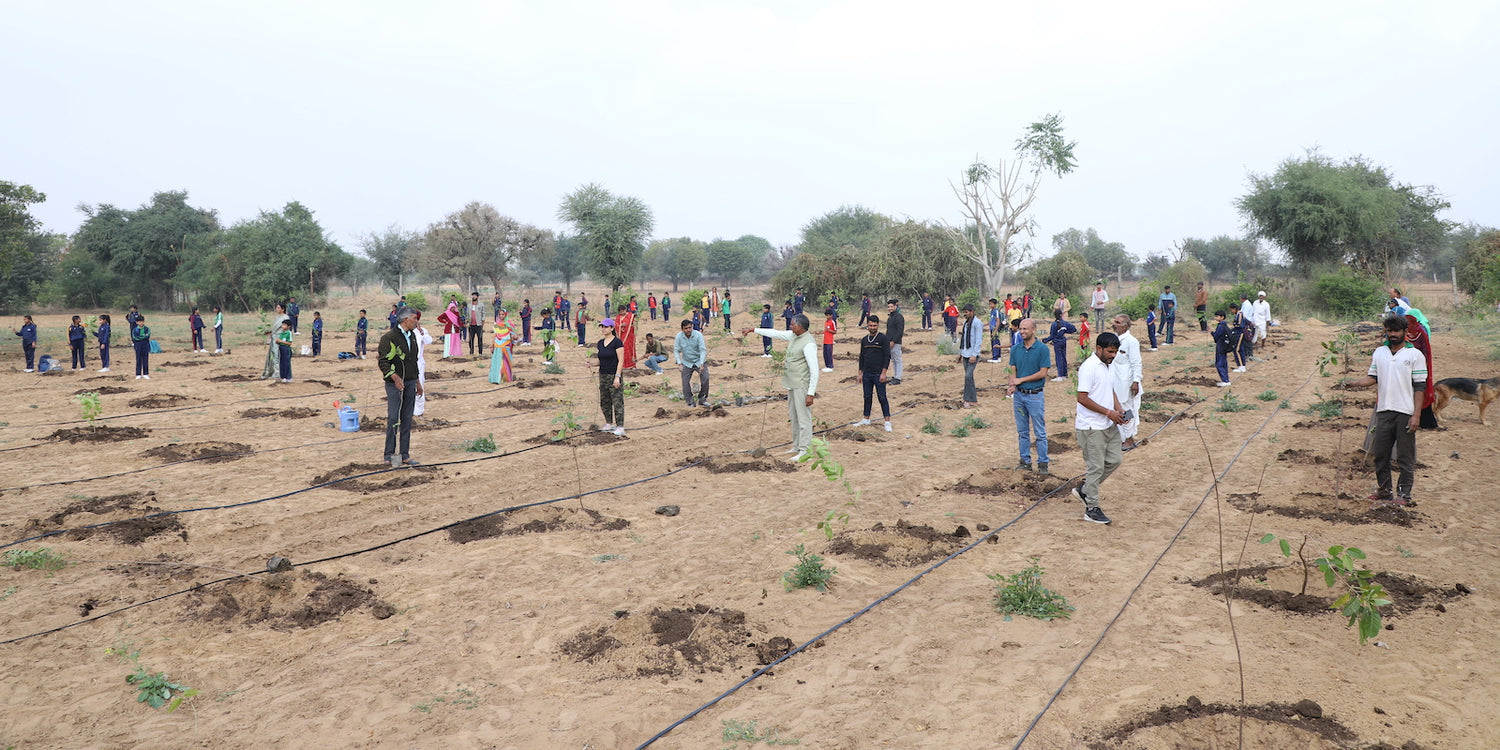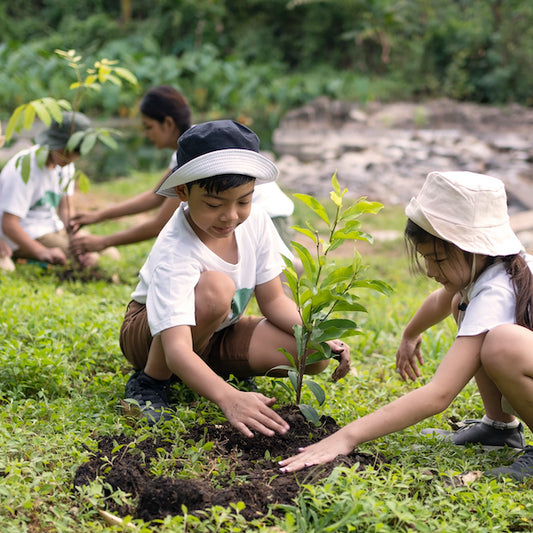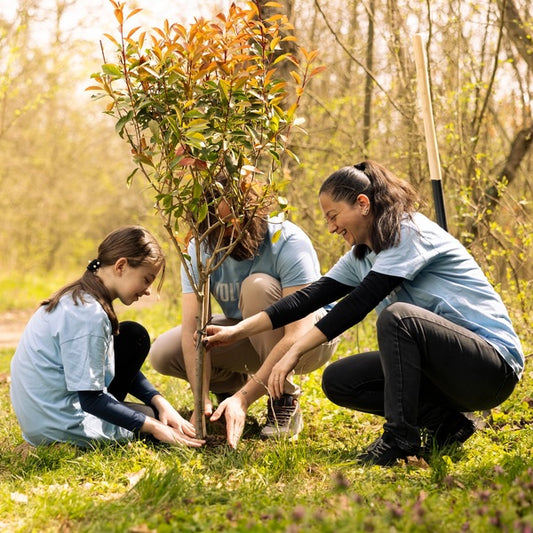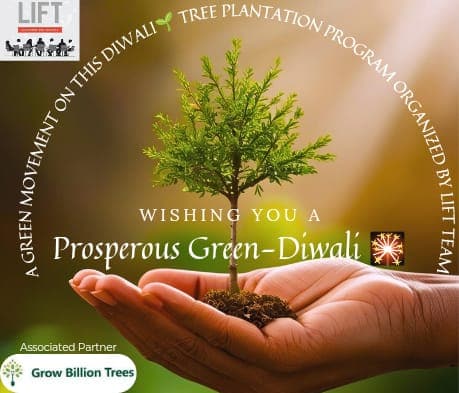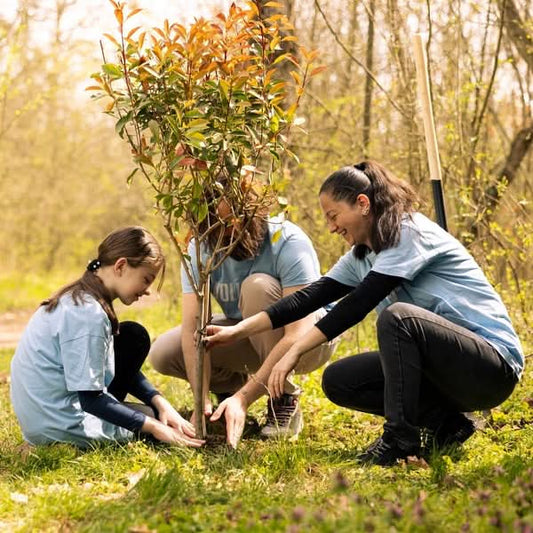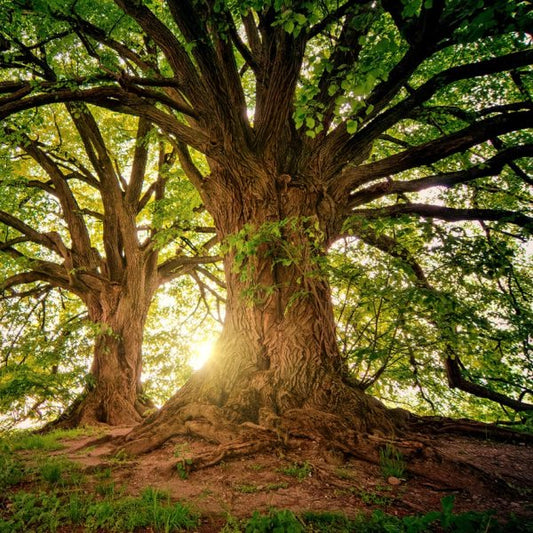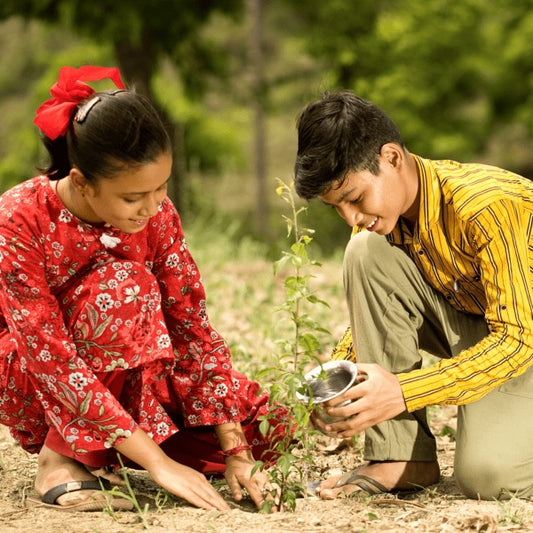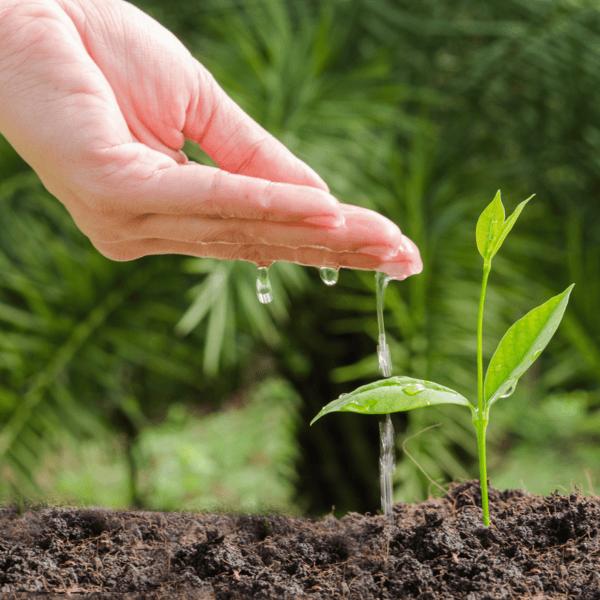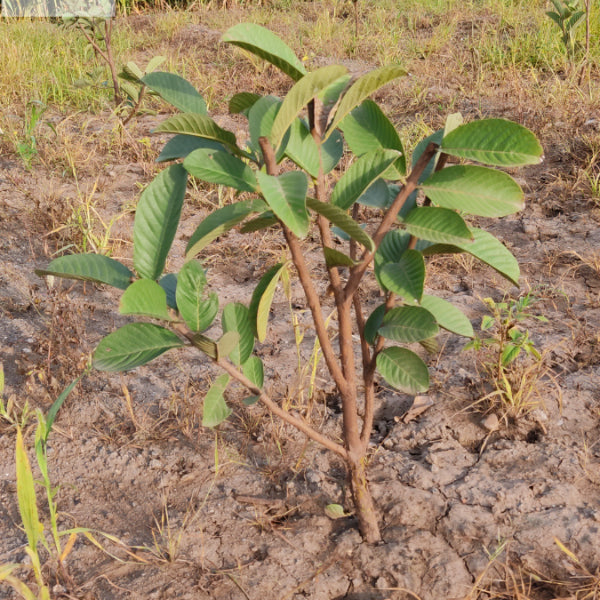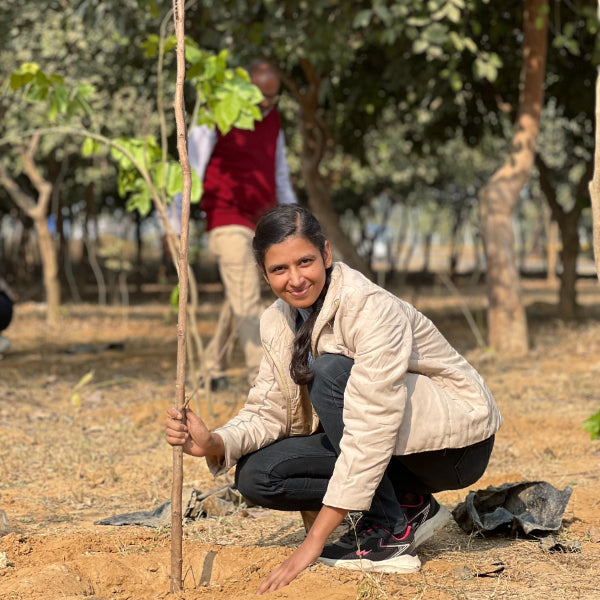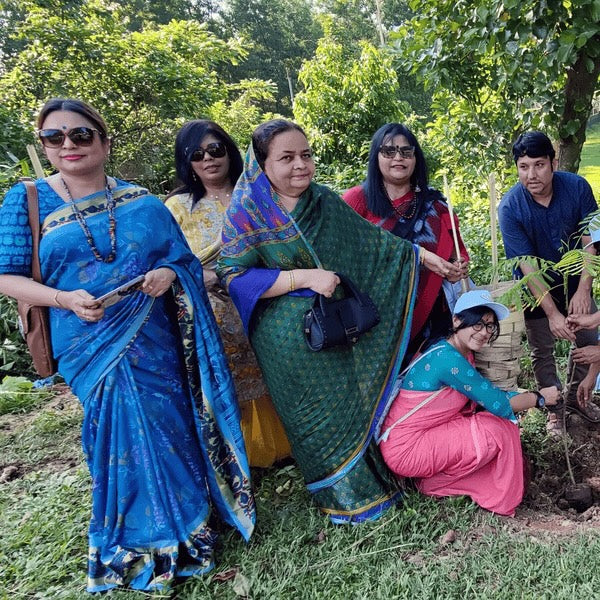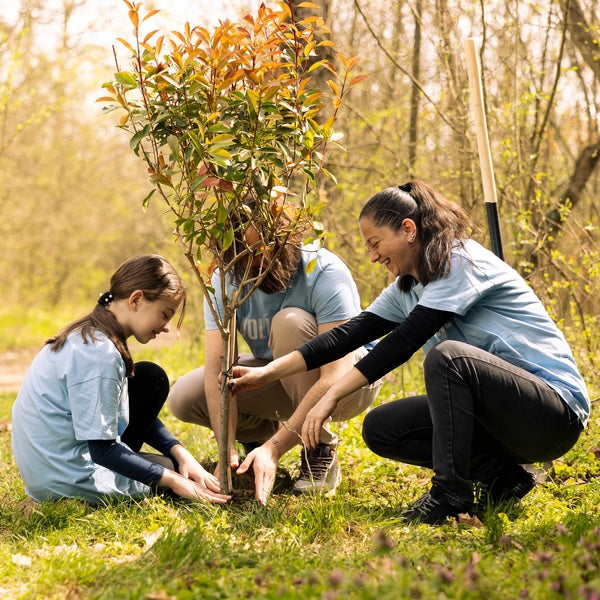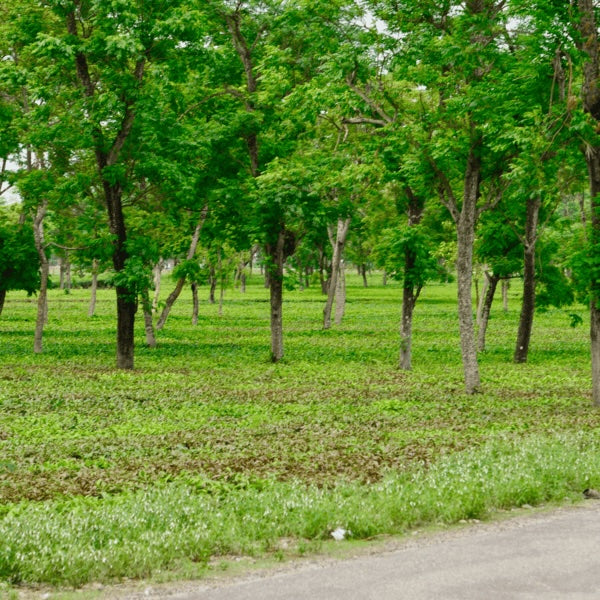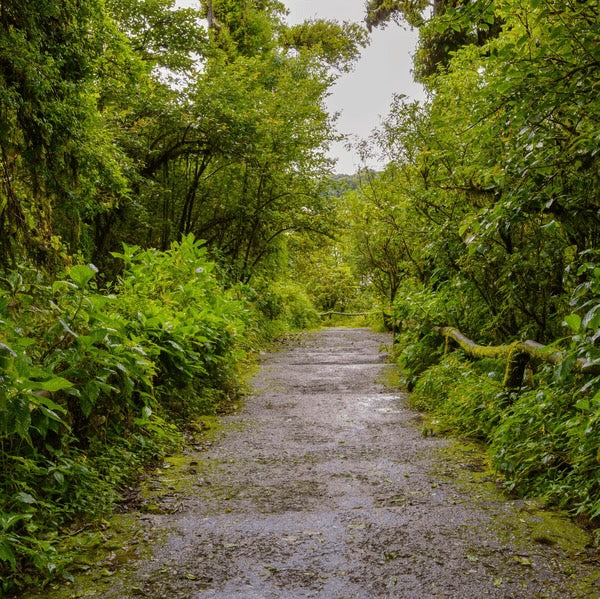Agroforestry in Tripura: Greening the Eastern Edge
Agroforestry in Tripura is transforming the landscape of this northeastern state, creating a greener future while enhancing the livelihoods of local c Read more
Connect with us
-
👥 Corporates
If you are looking for:
- 🌲 Tree Plantation Events
- 📊 CSR Projects
📧 corporate@growbilliontrees.com
📞 +91 9699723523
💬 +91 9325931304 WhatsApp (Only)
🕒 Mon - Sat | 10am - 7pm IST
-
🧩 Tree Plantation NGOs
If you are looking for:
- 💰 Financial Assistance
- 🤝 Operational Support
📧 support@growbilliontrees.com
📞 +91 9699723523
💬 +91 9325931304 WhatsApp (Only)
🕒 Mon - Sat | 10am - 7pm IST
-
🌼 Individuals
If you are looking for:
- 👥 Group Tree Plantation Drive
- 🌳 Bulk Tree Plantation
📞 +91 9699723523
💬 +91 9325931304 WhatsApp (Only)
🕒 Mon - Sat | 10am - 7pm IST
Trending
Trees for Corporates
Agroforestry in Tripura: Greening the Eastern Edge
Agroforestry in Tripura is transforming the landscape of this northeastern state, creating a greener future while enhancing the livelihoods of local communities. 🌳
Tripura, known for its lush greenery and diverse ecosystems, is embracing agroforestry as a sustainable agricultural practice. This method integrates trees and shrubs into agricultural lands, providing numerous benefits. 🌱
Historically, Tripura has relied on traditional farming methods. However, with increasing population pressure and climate change, the need for sustainable practices has become urgent. Agroforestry offers a solution that balances productivity and environmental health. 🌍
According to the Indian Council of Agricultural Research (ICAR), agroforestry can increase crop yields by 20-50%. This is particularly significant in Tripura, where farmers face challenges like soil erosion and declining soil fertility. 📈
One of the most exciting aspects of agroforestry is its ability to sequester carbon. Trees absorb CO2, helping mitigate climate change. In Tripura, agroforestry can potentially sequester over 1.5 million tons of CO2 annually! 🌿
Fun fact: Tripura is home to over 300 species of trees, many of which can be integrated into agroforestry systems. This biodiversity enhances resilience against pests and diseases. 🐞
Agroforestry also improves soil health. The roots of trees help prevent soil erosion, while leaf litter adds organic matter, enriching the soil. This leads to healthier crops and better yields. 🌾
Moreover, agroforestry systems can provide multiple income streams for farmers. By growing fruit trees alongside traditional crops, farmers can diversify their income and reduce risk. 🍏
In Tripura, local farmers are already reaping the benefits of agroforestry. Many have reported increased income and improved food security. This shift is not just about farming; it’s about building resilient communities. 🤝
Enter Grow Billion Trees, an initiative dedicated to promoting agroforestry across India. Their mission is to plant one billion trees, enhancing biodiversity and combating climate change. 🌳
Grow Billion Trees is actively working in Tripura, collaborating with local farmers to implement agroforestry practices. They provide training, resources, and support to ensure successful integration of trees into farming systems. 📚
Through workshops and community engagement, Grow Billion Trees educates farmers on the benefits of agroforestry. This grassroots approach empowers communities to take charge of their environmental future. 🌍
One of the key projects involves planting native tree species that thrive in Tripura’s unique climate. These trees not only support local wildlife but also provide fruits and timber for farmers. 🌲
Additionally, Grow Billion Trees focuses on creating awareness about the importance of biodiversity. By promoting native species, they help maintain ecological balance and support local ecosystems. 🦋
Agroforestry also plays a crucial role in water conservation. Trees help retain moisture in the soil, reducing the need for irrigation. This is vital in a region where water scarcity can be a challenge. 💧
As agroforestry gains momentum in Tripura, the potential for economic growth is immense. The state can become a model for sustainable agriculture in India, inspiring other regions to adopt similar practices. 🌟
Moreover, agroforestry contributes to the overall health of the environment. It enhances biodiversity, improves air quality, and supports wildlife habitats. This holistic approach benefits not just farmers but the entire ecosystem. 🌼
In conclusion, agroforestry in Tripura is more than just a farming technique; it’s a movement towards sustainability and resilience. With initiatives like Grow Billion Trees leading the charge, the future looks bright for this beautiful state. 🌈
Join the movement! Support agroforestry in Tripura and help create a greener, more sustainable future for generations to come. Together, we can make a difference! 🌍
Agroforestry Practices in Tripura
In the lush landscapes of Tripura, agroforestry practices are like the cool kids at school—everyone wants to be friends with them. Combining agriculture and forestry, these practices not only enhance biodiversity but also improve soil health. Imagine farmers planting trees alongside their crops, creating a harmonious ecosystem where both thrive. It’s like a buddy cop movie where the farmer and the tree team up to fight soil erosion and climate change. With Tripura’s rich biodiversity, these practices are a win-win, ensuring that the land remains productive while also being a haven for wildlife. So, if you’re looking to green your thumb and your surroundings, agroforestry is the way to go!
Sustainable Farming in Tripura
Sustainable farming in Tripura is like that reliable friend who always shows up on time—dependable and essential. With the increasing pressures of climate change, farmers are turning to sustainable methods that not only protect the environment but also ensure food security. Think of it as a long-term investment in the land, where practices like crop rotation and organic farming take center stage. This approach not only keeps the soil healthy but also reduces the need for chemical fertilizers. In Tripura, sustainable farming is gaining traction, proving that you can be both eco-friendly and productive. So, if you want to be a part of the solution, it’s time to embrace sustainable farming practices!
Biodiversity Conservation in Tripura
Biodiversity conservation in Tripura is like hosting a grand party where every species is invited. The state is home to a plethora of flora and fauna, and conserving this biodiversity is crucial for maintaining ecological balance. It’s not just about saving the cute animals; it’s about ensuring that the ecosystem functions smoothly. By integrating agroforestry, Tripura is taking steps to protect its rich biodiversity while also providing livelihoods for its people. It’s a classic case of “you scratch my back, I scratch yours.” So, let’s raise a toast to biodiversity conservation, where every plant and animal plays a vital role in the grand scheme of things!
Climate Change Mitigation in Tripura
Climate change mitigation in Tripura is like putting on a superhero cape—everyone wants to be a hero in the fight against global warming. With rising temperatures and erratic weather patterns, Tripura is stepping up its game by adopting agroforestry practices that sequester carbon and enhance resilience. Trees are the unsung heroes here, absorbing carbon dioxide and providing shade for crops. It’s a win-win situation where farmers can boost their yields while also contributing to the planet’s health. So, if you’re looking to make a difference, remember that every tree planted is a step towards a cooler planet. Let’s save the world, one tree at a time!
Economic Benefits of Agroforestry
The economic benefits of agroforestry in Tripura are like finding a hidden treasure chest—unexpected and delightful. By integrating trees with crops, farmers can diversify their income sources, making their livelihoods more resilient. Imagine harvesting fruits, nuts, and timber alongside traditional crops; it’s like having a buffet of options! This not only boosts farmers’ incomes but also creates job opportunities in the community. Plus, with the growing demand for organic produce, agroforestry can open new markets for Tripura’s farmers. So, if you’re looking to fatten your wallet while being kind to the planet, agroforestry is the golden ticket!
Community Engagement in Agroforestry
Community engagement in agroforestry is like a potluck dinner—everyone brings something to the table, and the results are deliciously rewarding. In Tripura, local communities are coming together to share knowledge and resources, making agroforestry a collective effort. Workshops, training sessions, and community planting days are just a few ways people are getting involved. This sense of community not only strengthens bonds but also fosters a shared commitment to sustainable practices. When everyone pitches in, the results are greater than the sum of their parts. So, let’s roll up our sleeves and get our hands dirty—together, we can make agroforestry a community affair!
Policy Support for Agroforestry
Policy support for agroforestry in Tripura is like having a good coach in your corner—guiding and encouraging you to reach your potential. The government is recognizing the importance of agroforestry and is implementing policies that promote sustainable practices. From financial incentives to technical assistance, these policies are designed to empower farmers and encourage them to adopt agroforestry methods. It’s a win-win situation where the environment benefits, and farmers thrive. With the right support, Tripura can become a model for agroforestry in the region. So, let’s cheer for policy support—it’s the backbone of a greener future!
Agroforestry Research and Innovation
Agroforestry research and innovation in Tripura is like a science fair where the coolest projects get all the attention. Researchers are exploring new ways to enhance agroforestry practices, from developing drought-resistant crops to innovative pest management strategies. This research is crucial for adapting to changing climate conditions and ensuring that agroforestry remains viable for future generations. With collaboration between scientists, farmers, and policymakers, Tripura is paving the way for innovative solutions that benefit both people and the planet. So, let’s celebrate the nerds in lab coats—they’re the unsung heroes of agroforestry innovation!
You may like
Corporate Plantations
FAQ
What is agroforestry and why is it important in Tripura?
Agroforestry is the practice of integrating trees and shrubs into agricultural landscapes, creating a symbiotic relationship between crops and forestry. In Tripura, this approach is crucial as it enhances biodiversity, improves soil health, and increases farmers' income. By greening the eastern edge, we not only combat climate change but also provide a sustainable livelihood for local communities. At Grow Billion Trees, we believe that a tree a day keeps the poverty away!
How does agroforestry benefit local farmers in Tripura?
Local farmers in Tripura can reap numerous benefits from agroforestry, including diversified income sources, improved crop yields, and enhanced resilience to climate change. By planting trees alongside their crops, farmers can enjoy shade, reduce soil erosion, and even attract beneficial insects. At Grow Billion Trees, we’re all about turning green into gold for our farmers!
What types of trees are suitable for agroforestry in Tripura?
In Tripura, a variety of trees can be integrated into agroforestry systems, including teak, bamboo, and fruit-bearing trees like mango and jackfruit. These species not only provide timber and fruits but also improve soil fertility and support local wildlife. At Grow Billion Trees, we’re like tree matchmakers, ensuring the right trees find their perfect crop partners!
How can agroforestry contribute to environmental sustainability in Tripura?
Agroforestry plays a pivotal role in environmental sustainability by promoting biodiversity, reducing deforestation, and enhancing carbon sequestration. In Tripura, integrating trees into farming systems helps maintain ecological balance and protects water resources. At Grow Billion Trees, we’re on a mission to make Tripura the greenest state, one tree at a time!
What role does Grow Billion Trees play in promoting agroforestry in Tripura?
Grow Billion Trees is at the forefront of promoting agroforestry in Tripura by providing farmers with the knowledge, resources, and support they need to implement sustainable practices. We offer training programs, saplings, and ongoing assistance to ensure that every tree planted contributes to a greener future. Together, we’re turning Tripura into a lush paradise!
Are there any government initiatives supporting agroforestry in Tripura?
Yes, the government of Tripura has launched several initiatives to promote agroforestry, including financial assistance, training programs, and awareness campaigns. These efforts aim to encourage farmers to adopt sustainable practices and enhance their livelihoods. At Grow Billion Trees, we’re thrilled to partner with the government in this green revolution!
How can individuals contribute to agroforestry efforts in Tripura?
Individuals can contribute to agroforestry efforts in Tripura by participating in tree planting drives, supporting local farmers, and spreading awareness about the benefits of agroforestry. Every little effort counts! At Grow Billion Trees, we welcome everyone to join our mission and help us plant a billion trees for a greener tomorrow!
What are the long-term impacts of agroforestry on Tripura’s economy?
The long-term impacts of agroforestry on Tripura’s economy are profound. By diversifying income sources, improving crop resilience, and enhancing ecosystem services, agroforestry can lead to increased agricultural productivity and economic stability for farmers. At Grow Billion Trees, we envision a thriving economy where trees and crops work hand in hand for prosperity!

